Have you ever experienced your car stereo amplifier turning on and off by itself? Well, you don’t need to freak out. There are various reasons why your stereo amp turns on and off by itself. This article from Philkotse.com will help you understand the reasons why this happens.
1. Car amp enters “protect mode”
The protection mode is somewhat a complex topic because there is plenty of variation from one car stereo amp to another. Some amplifiers have an LED lamp that illuminates when the protected mode is activated, while others do not.
Some even have several LEDs that indicate a specific type of fault. No matter what the case is, if the amplifier in your car is installed in a place where it’s hard to see, chances are the protect light is already activated without you noticing it.
So before doing anything, it’s best to first find the amplifier's exact location in your car. Then do everything to access it and check the lamp if it’s lit.
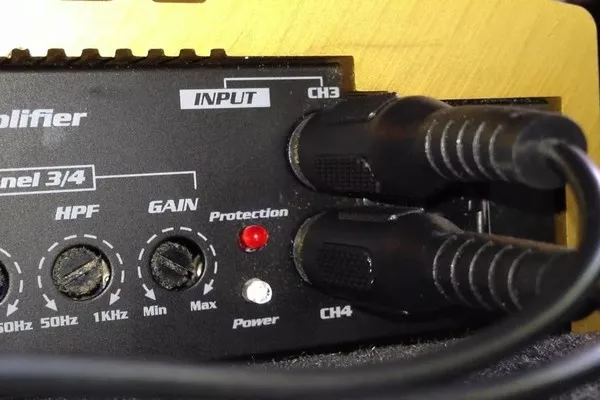
Some amplifiers have an LED lamp that illuminates when the protected mode is activated
If the amplifier is in protection mode, as soon as you switch it on, it will be followed by a complex diagnostic process. The idea behind diagnosing an amp that is in protect mode is pretty basic. It can be that the amp is improperly installed. It can also be because it has overheated.
Other causes include a wiring problem or an issue with one or more subwoofers or speakers. For example, a grounded speaker can cause the amp to enter the protection mode and shut down.
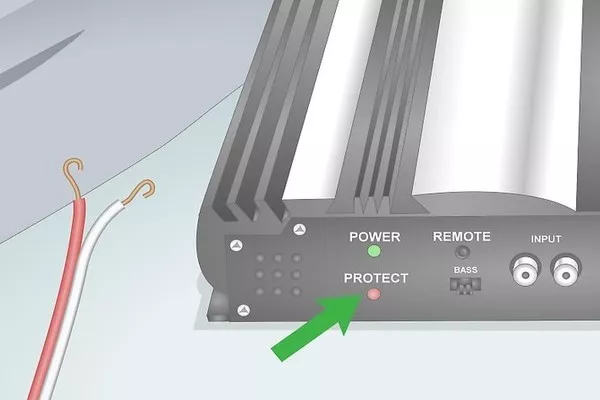
If the amplifier enters protection mode, after switching it on it will be followed by a complex diagnostic process
>>> Check out: What you need to know about car audio and amplifiers
2. Amp wiring problems
In case your amplifier is not in protected mode, or there is no way to indicate it because there's no LED indicator, most probably, you have a wiring problem.
For example, if the turn-on wire of the amplifier is connected to the remote antenna wire of the head unit rather than its remote amp wire, it's possible that it will shut off each time you switch the input from the radio to the CD player or anything else.
Another potential cause of an amplifier turning on and off randomly is a poorly connected or loose ground or power wires or a faulty fuse.
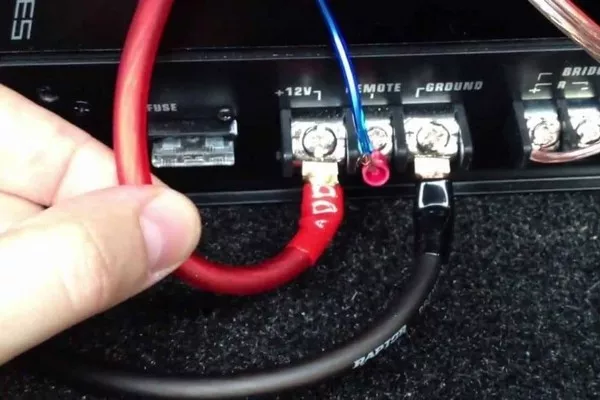
In case your amplifier is not in protected mode, most probably, you have a wiring problem
A few older cars that already have modern and updated amplifiers and head units can also exhibit different issues. An example includes some older cars that are wired for both “memory keep alive functions” and constant power at the head unit. However, the existing wiring cannot supply the appropriate amperage that a modern head unit needs.
In these kinds of situations, you might find that your head unit shuts off then turns on again once you start the vehicle, but the amplifier does not turn back on or never turns on at all.
There’s only one solution to this kind of wiring problem: Run a new wire of the appropriate gauge from the fuse box or battery and suit it with an accurate-sized fuse.
>>> Grab your attention: Your car's electrical system and what you need to know when it shuts down
3. Heat-related amplifier problems
Every time an amplifier is on, it produces heat. It is the main reason why if you install an amplifier in a cramped space with very poor ventilation, it can cause problems. If the amp does not have adequate ventilation, overheating can happen – causing it to enter protected mode, or it may simply stop operating.
While it can be a temporary problem and the amp can continue working once it has cooled down, it can also result in permanent failure. That is the main reason why overheating issues should not be taken lightly.
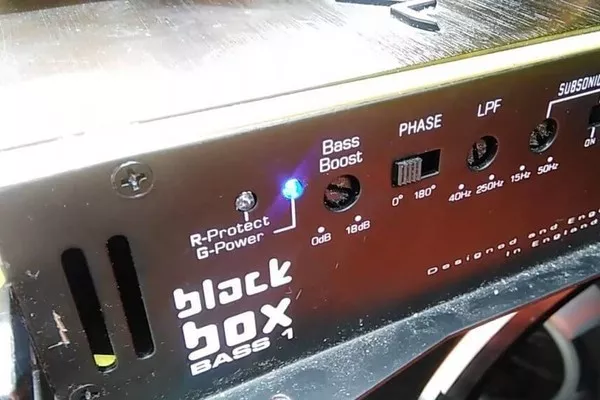
Every time an amplifier is on and operating, it produces heat
Check the amplifier of your car. If you find that it is mounted in a location where it is getting too hot, you need to relocate it somewhere cooler.
Although you may have identified the issue before it gets worse and prevented it from lasting damage, there's no other way to tell it other than merely relocating the amplifier in a location with better ventilation. By then, you can inspect and wait if it works or not.
>>> Also read: 10 procedures every car owner should regularly do
4. Replace the amplifier when all else fails
There is always a possibility that it already failed. If this is the case, the only way you can stop it from randomly turning on and off on its own is by replacing it. There are various reasons why an amplifier fails. Some of which are the following:
- Extreme temperatures
- Different stresses on a road
- Continuous vibrations
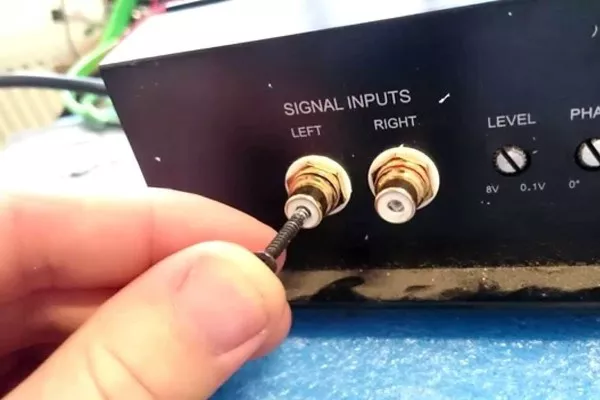
There is always a possibility that the amplifier has already failed
>>> Make sure you know: Beware of these 11 potentially unnecessary repair expenses
If you fail to address any underlying issues, it will most probably lead to the failure of the new amp as well. It can also cause the new amp to not work correctly from the very start. That’s why it is beneficial to install the amplifier in a well-ventilated space and check it regularly just like other car components.
The following are just a few of the things that indicate that your car amplifier is not working correctly:
- The stereo system of your car starts to make bizarre sounds and noises
- No sound can be heard even if you already turned on the car’s audio system
- There is a noticeable distortion in the sound.
Once you notice any of these signs, check out your amplifier immediately. You must solve the issues as soon as possible to avoid further damage to the amp and other related components.
Recent posts
- Car audio system - What else you need to put in mind Jan 02, 2020
- The importance of car audio capacitors and 4 things you need to understand Aug 16, 2022
- 5 ways you might not know when upgrading car audio system Sep 14, 2019
- 5 must-know tips if you want to avoid buying fake car parts Aug 09, 2022
- Customizing the car audio system: 7 tips for Filipino drivers Mar 18, 2019











